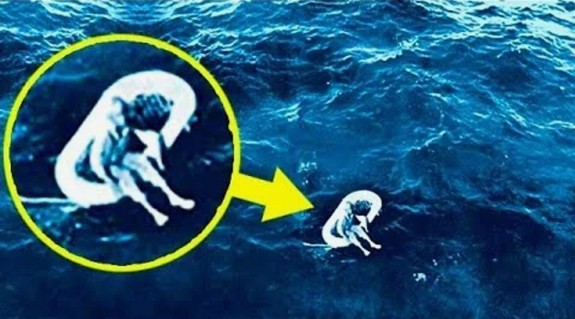How An African Tribe Tamed Crocodiles and Cherished Their Souls
Do you know that somewhere in the heart of Africa there exists an astonishing place where ancient beliefs and modern demands are woven into one? Now you do. Imagine a small village, Bazule, located 30 kilometers from Burkina Faso's capital Ouagadougou. Here unfolds a truly unique story of coexistence between people and one of the planet's most formidable predators—the crocodile. Moreover, modern requirements for territory development and organizing dangerous performances are driven by attention from foreign tourists—this tourist route is becoming increasingly popular with guests of this small African country.

In This Article:
- The Crocodiles as Sacred Guardians of Bazule
- From Sky to Source The Rain-Born Legend of Water and Life
- Dormant Giants in the Dry Season
- A Close, Quiet Coexistence Daily Life Beside the Reptiles
- Tourism and a Growing Economic Boom
- Science, Language, and a Culture of Understanding
- Images of Bazule's Coexistence
The Crocodiles as Sacred Guardians of Bazule
Due to a combination of reasons, local residents did not simply learn to live with crocodiles; they turned them into sacred beings, protected and venerated across generations. These reptiles, belonging to the West African sub-species, though smaller than their Nile rivals, still command awe with their imposing sizes and powerful jaws.
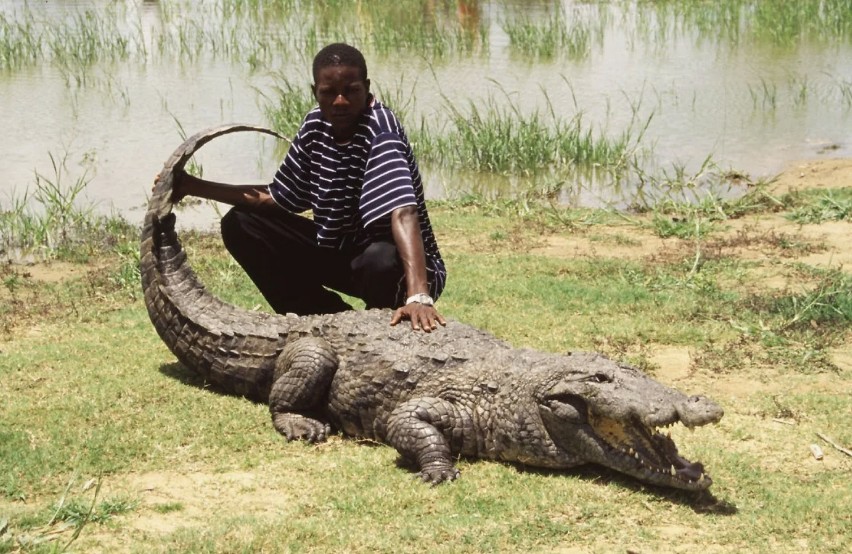
From Sky to Source The Rain-Born Legend of Water and Life
The story of this unusual coexistence goes back to ancient times. When the ancestors of today’s inhabitants settled by the region's only water source, they immediately had to find a way to live peacefully with the lake's inhabitants. Whether from the start or over time, a belief took hold: crocodiles allegedly came down from the heavens with the rains, becoming living symbols of the water element. The locals believe that if these reptiles disappear, the water itself will dry up. Therefore it was necessary to communicate with this heavenly gift, and to protect and grow the entrusted population.
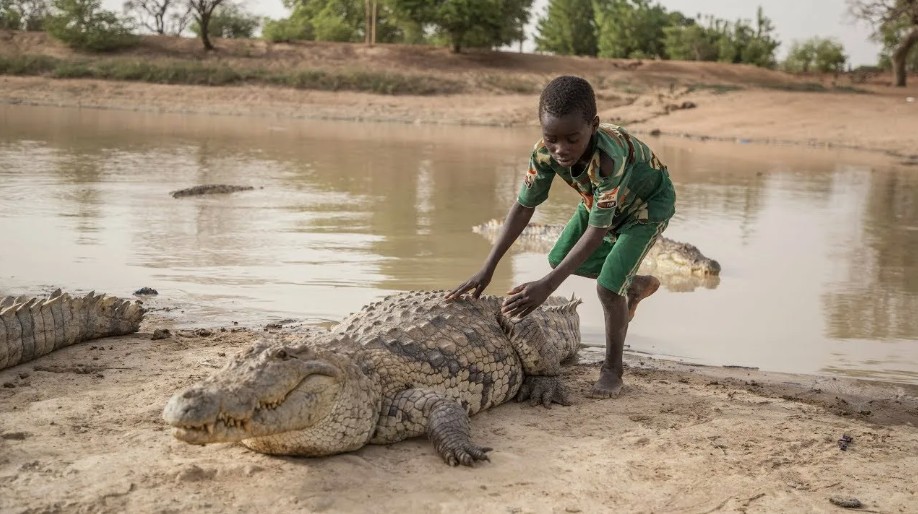
Dormant Giants in the Dry Season
The behavior of these ancient reptiles also plays a role in their 'taming.' During the dry season, when the water body dries up, crocodiles enter a kind of hibernation, drastically slowing their metabolism. This natural state allows them to endure hard times, and it makes people feel more confident beside these nearly motionless giants.
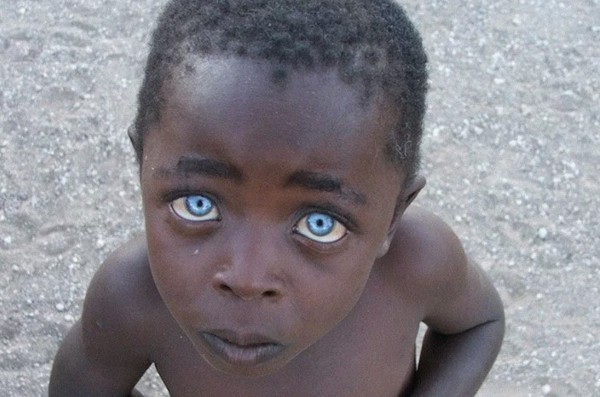
A Close, Quiet Coexistence Daily Life Beside the Reptiles
Interestingly, locals have even adapted their daily life to the crocodiles' habits. Women wash clothes just a few meters from the reptiles lying on the shore, children play in the water, and men attend to household chores—all taking place in close proximity to the toothy giants. As if there exists some kind of non-aggression agreement. Although incidents, of course, do occur.

Tourism and a Growing Economic Boom
This unique situation has drawn tourists, turning the village into a genuine attraction. The locals have developed a special technique to lure the reptiles with pieces of chicken meat—the crocodiles, though not the most intelligent creatures, have long associated a human presence with a scheduled offering. While the crocodiles are busy eating, visiting daredevils can touch their dense scaly armor and take striking photos. The tourist boom has brought unexpected benefits: locals organized a full industry to serve visitors, from selling souvenirs to arranging photoshoots—an important part of the local economy.

Science, Language, and a Culture of Understanding
Local residents eagerly recount increasingly elaborate legends about how the crocodiles helped their ancestors find water during droughts, how they protected the village from evil spirits, and even how they warned people of danger. These stories are passed down from generation to generation, forging a strong bond between people and these reptiles.\n\nScientists are increasingly interested in this phenomenon, studying both the biology of West African crocodiles and the cultural aspects of their veneration. Studies show that these reptiles do have some behavioral differences from Nile crocodiles. The ancestors used to inhabit the savannas of North Africa, but gradual climate changes compelled them to adapt to life in harsher desert and semi-desert environments.\n\nPerhaps most valuable is that locals have learned to understand the crocodiles' language by reading their body language, recognizing mood and willingness to interact. This knowledge is passed down through generations, becoming a cornerstone of local culture.\n\nTourists to Bazule often remark on the remarkable calm of the local people when interacting with the reptiles. Even young children play near the water where crocodiles rest, creating truly unique frames for photographs and videos.\n\nPerhaps the secret of this extraordinary coexistence lies in ancient traditions and beliefs that shape a special attitude toward these ancient creatures. For them, crocodiles are not just animals but living symbols of natural harmony and the wisdom of ages.
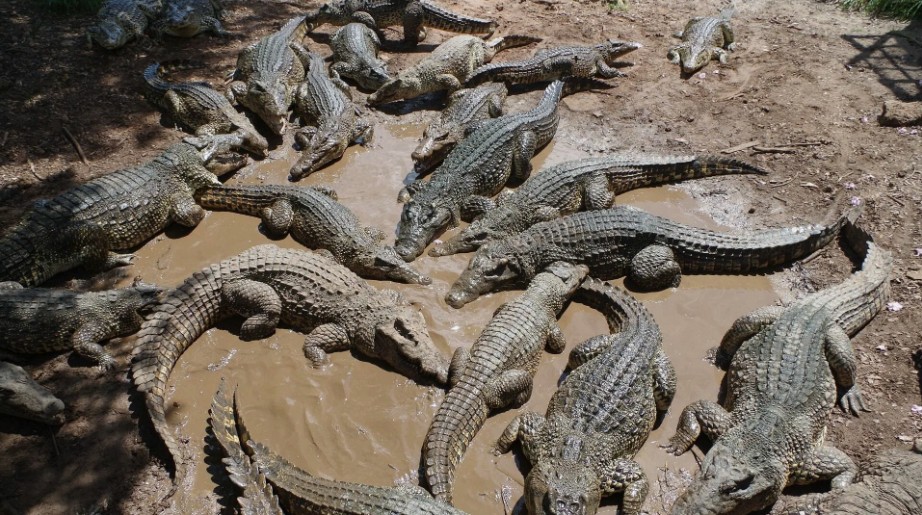
Images of Bazule's Coexistence
In this final section, we reflect on how the village balances reverence for crocodiles with the needs of a modern economy and the curiosity of travelers from around the world.
